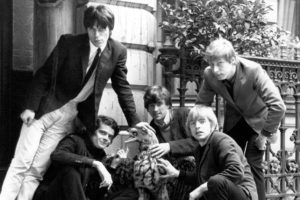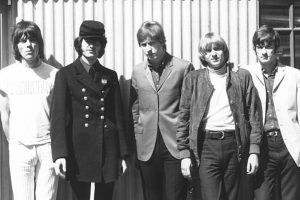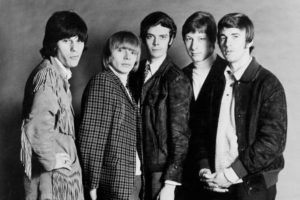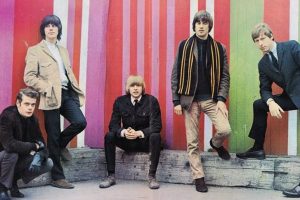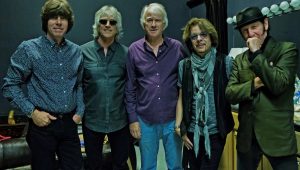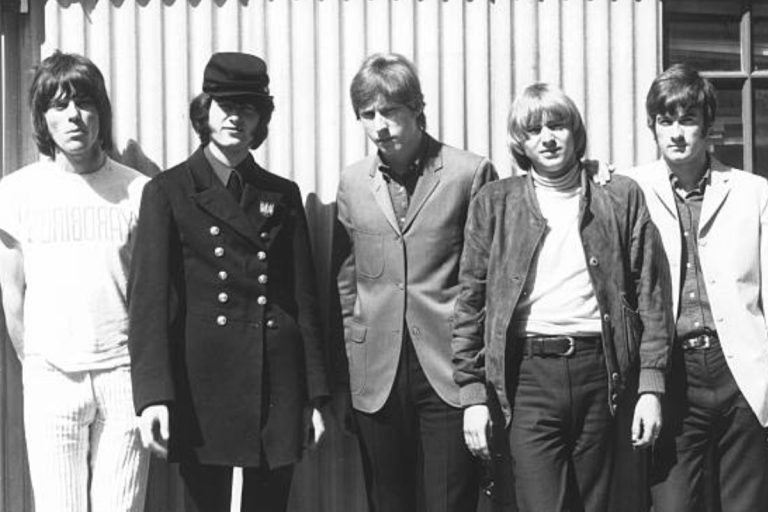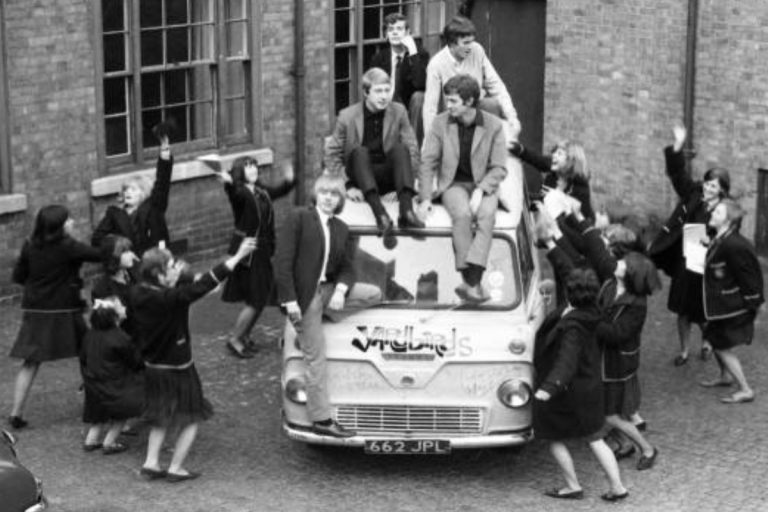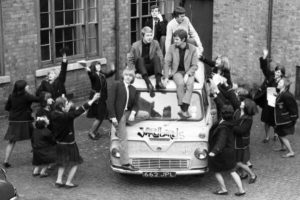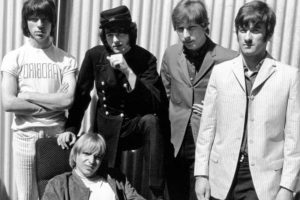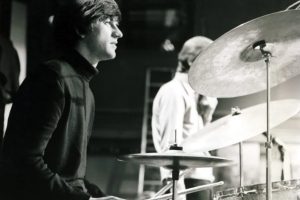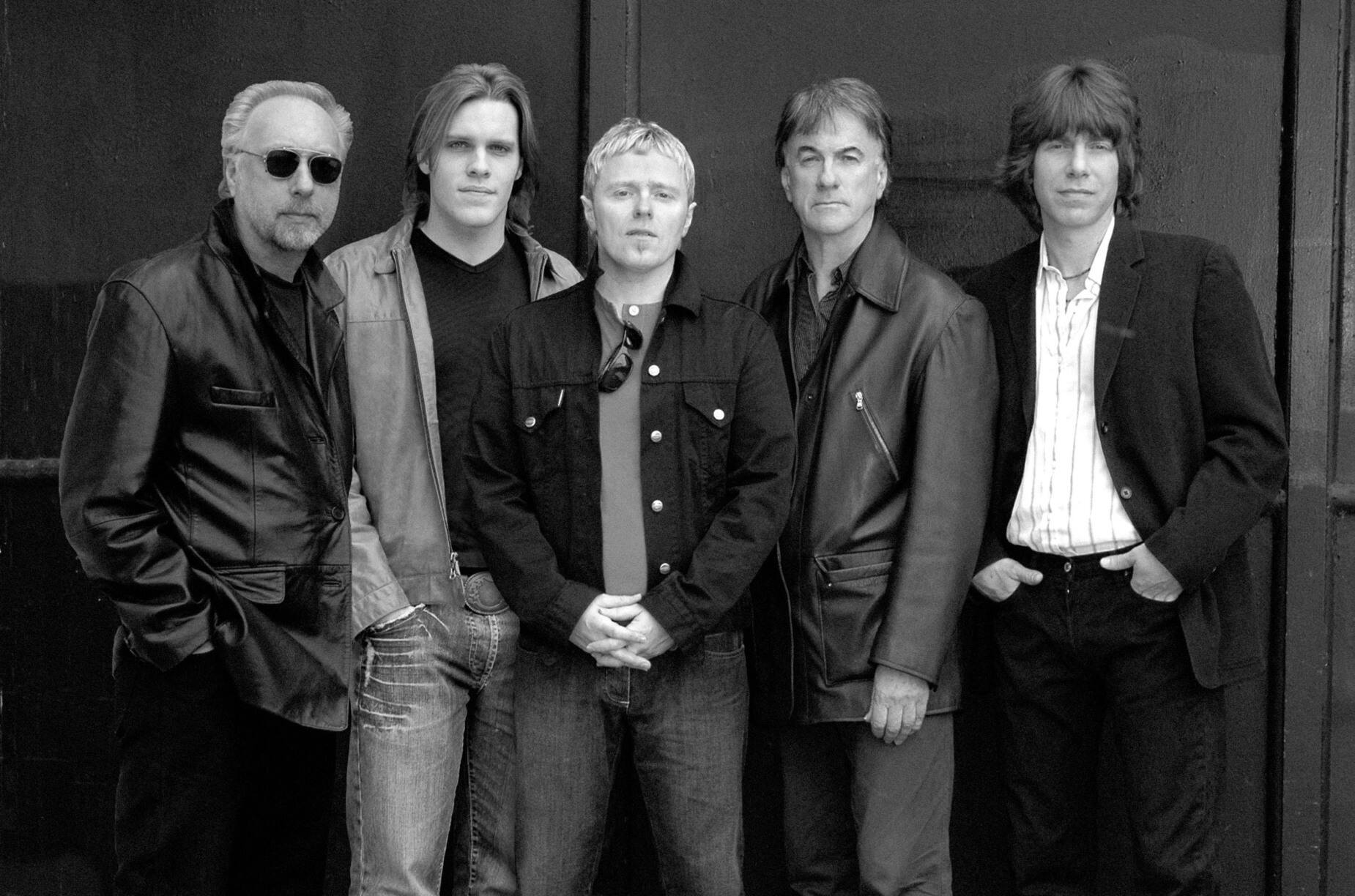
The Evolution of a Band That Defined Rock History
The Yardbirds were not just a 1960s rock band—they were a phenomenon. Emerging from the fertile British blues scene of the early 1960s, they became a crucible for talent and a proving ground for some of rock music’s most influential musicians. Their sound, a blend of traditional blues, rock, and experimental psychedelia, was constantly evolving, reflecting the creativity and skill of their members.
Over the years, The Yardbirds achieved a rare feat: they not only adapted to changing musical landscapes but also defined them. They were the link between the blues-based rock of the early 1960s and the heavier, experimental sounds that would dominate the late ’60s and early ’70s. With each phase of their journey, they pioneered techniques and ideas that would influence generations of musicians, cementing their place as a pivotal force in music history.
Their innovative approach to combining distinct musical elements laid the foundation for modern rock, blending technical precision with raw emotionality. The Yardbirds weren’t just musicians—they were innovators, trailblazers who turned the conventions of rock and blues on their head. Each member contributed uniquely, ensuring their legacy endured through decades.
Founding Members
Keith Relf – The Soulful Voice of The Yardbirds
Keith Relf was the beating heart of The Yardbirds. As the lead vocalist, he brought an emotive depth to the band’s music that was rare for its time. His voice was not conventionally powerful but uniquely expressive, capable of conveying a spectrum of emotions. In songs like “Heart Full of Soul” and “Still I’m Sad,” Relf’s vocal delivery resonated with listeners, making him an indispensable part of the band’s identity.
Relf’s harmonica playing added another layer to The Yardbirds’ sound. Unlike many of his contemporaries, who used the harmonica as a mere embellishment, Relf made it a central feature of the band’s music. Tracks like “Smokestack Lightning” showcase his ability to channel raw blues energy through his instrument, creating a bridge between the band’s British roots and the American blues traditions they admired.
Beyond his musical contributions, Relf was a quiet leader and a unifying presence within the group. While the band was known for its roster of fiery guitarists, Relf’s calm demeanor helped balance the creative tensions that arose. His tragic death in 1976, caused by an electrical accident at home, was a shocking loss for the music world. Yet, his influence remains an integral part of The Yardbirds’ legacy, inspiring countless vocalists and harmonica players.
Paul Samwell-Smith – The Architect of The Yardbirds’ Sound
Paul Samwell-Smith’s role in The Yardbirds extended far beyond that of a traditional bassist. While he provided the rhythmic backbone essential to the band’s bluesy roots, he was also a visionary arranger and producer. Samwell-Smith’s keen ear for detail helped transform the band’s sound, allowing them to experiment with new ideas while maintaining their core identity.
Tracks like “Evil Hearted You” and “Still I’m Sad” bear the hallmark of his sophisticated approach to music. He blended traditional structures with innovative elements, such as layered harmonies and atmospheric effects, that gave The Yardbirds their distinctive sound. His knack for identifying musical trends and blending them into the band’s work set them apart from other groups of their era.
Samwell-Smith’s departure in 1966 to pursue a career in production was a pivotal moment. He went on to produce for notable artists like Cat Stevens and Renaissance, further cementing his reputation as a musical innovator. Although he stepped away from the spotlight, his influence on The Yardbirds endured, shaping their legacy as pioneers of experimental rock.
Jim McCarty and Chris Dreja – The Rhythm Section That Anchored Innovation
While The Yardbirds are often celebrated for their flamboyant lead guitarists, the contributions of drummer Jim McCarty and rhythm guitarist Chris Dreja were equally vital. Together, they provided the steady framework that allowed the band’s more experimental elements to flourish.
Jim McCarty’s drumming was a masterclass in versatility. He could drive the frenetic energy of tracks like “Train Kept A-Rollin’” while also delivering the nuanced rhythms required for more introspective pieces like “Shapes of Things.” His ability to adapt to different musical styles made him an indispensable part of the band’s evolving sound. McCarty’s influence went beyond rhythm, as he also contributed to the band’s songwriting, helping craft the narratives that made their tracks so memorable.
Chris Dreja’s rhythm guitar work was understated but essential. His steady playing created a solid foundation that supported the band’s innovative solos and complex arrangements. Dreja’s musical versatility also allowed him to transition to bass after Samwell-Smith’s departure, showcasing his adaptability and commitment to the band. In addition to his musical contributions, Dreja played a key role in documenting the band’s journey through photography, preserving moments that remain iconic to this day.
The Guitarists Who Defined an Era
Eric Clapton – The Purist Who Laid the Groundwork
Eric Clapton’s time with The Yardbirds was relatively short but deeply impactful. Joining the band in 1963, Clapton brought a love for American blues that defined their early sound. Tracks like “I Wish You Would” and “Louise” are prime examples of his ability to channel the raw emotion of blues into his playing.
Despite his success with the band, Clapton’s vision of musical purity often clashed with The Yardbirds’ shift toward a more commercial sound. This tension culminated in his departure after the release of “For Your Love,” a track that marked a significant stylistic departure for the band. Clapton’s exit opened the door for new directions but left an undeniable mark on The Yardbirds’ early blues era. His subsequent career with Cream, Blind Faith, and as a solo artist only added to his legendary status, making his Yardbirds tenure a foundational chapter in his storied journey.
Jeff Beck – The Innovator Who Redefined Rock Guitar
When Jeff Beck replaced Clapton, The Yardbirds underwent a radical transformation. Beck’s experimental approach to the guitar expanded the band’s sonic palette, introducing techniques like feedback, sustain, and distortion that were groundbreaking at the time.
Songs like “Shapes of Things” and “Over Under Sideways Down” showcase Beck’s ability to push the boundaries of rock music. His innovative use of effects and unconventional techniques created sounds that were both otherworldly and captivating. Beck’s tenure with the band was relatively short—he left in 1966 due to creative differences—but his influence on their music and on the broader world of rock guitar is immeasurable. Beck’s later solo career and work with the Jeff Beck Group further cemented his status as one of the most inventive guitarists of his era.
Jimmy Page – The Visionary Who Shaped a New Era
Jimmy Page joined The Yardbirds during their final years, initially as a bassist before transitioning to lead guitarist. Page’s arrival marked a shift toward a heavier, more complex sound, foreshadowing the direction he would take with Led Zeppelin.
Page’s guitar work on tracks like “Happenings Ten Years Time Ago” and “Dazed and Confused” showcased his ability to blend technical precision with creative experimentation. His interest in studio techniques and layered arrangements added depth to the band’s music, elevating it to new heights.
Under Page’s leadership, The Yardbirds began exploring themes and styles that would later define hard rock and heavy metal. When the band disbanded in 1968, Page carried their experimental spirit into Led Zeppelin, ensuring that The Yardbirds’ legacy would live on in one of rock’s most iconic bands.
Additional Contributors and Short-Lived Members
Anthony “Top” Topham – The Original Guitarist
Anthony “Top” Topham was The Yardbirds’ original lead guitarist, joining the band during its formative days. Although he left before the group achieved mainstream success, his bluesy style laid the groundwork for their early sound. Topham’s departure opened the door for Eric Clapton, marking the beginning of The Yardbirds’ rise to fame.
Other Influential Contributors
The Yardbirds also benefited from the talents of several collaborators and short-term members over the years. Musicians like Gypie Mayo and rhythm players such as John Idan contributed to the band’s later iterations, ensuring their music remained dynamic and evolving. While these members may not have achieved the same fame as Clapton, Beck, or Page, their contributions enriched The Yardbirds’ legacy and kept their innovative spirit alive.
The Legacy of The Yardbirds
The Yardbirds were more than just a band—they were a catalyst for change in the music world. Their willingness to experiment with new sounds and ideas paved the way for the evolution of rock, influencing countless artists and genres. From their early blues roots to their later psychedelic explorations, The Yardbirds consistently pushed the boundaries of what rock music could be.
Each member of The Yardbirds brought something unique and special to the table, creating a whole that was greater than the sum of its parts. Their story is one of collaboration, innovation, and artistic bravery—a journey that forever changed the landscape of modern music. The Yardbirds’ influence remains evident in the work of countless musicians, proving that their legacy is as enduring as it is groundbreaking.
